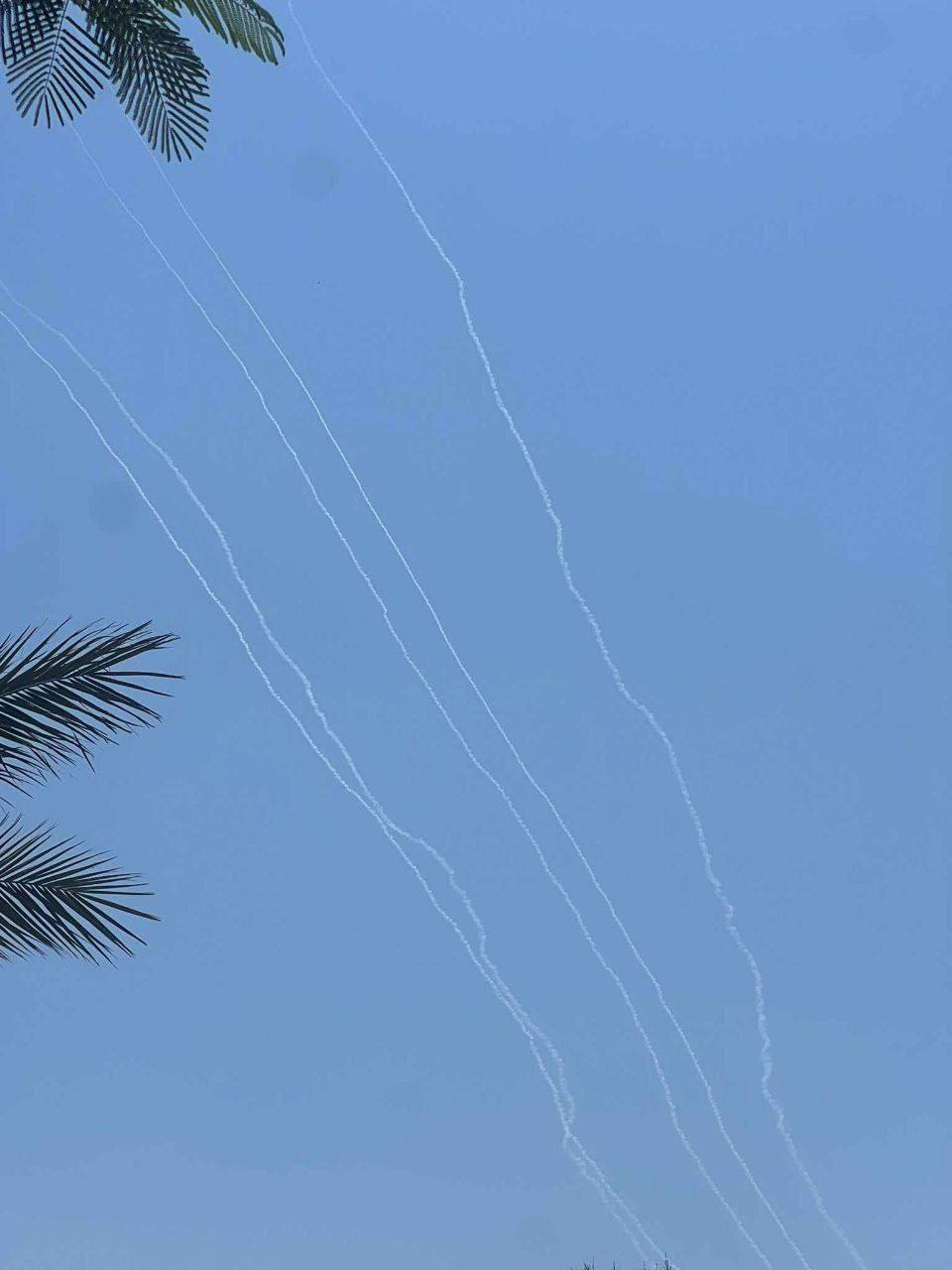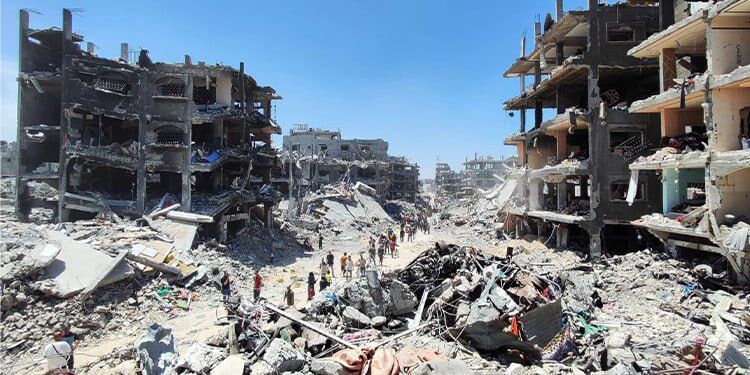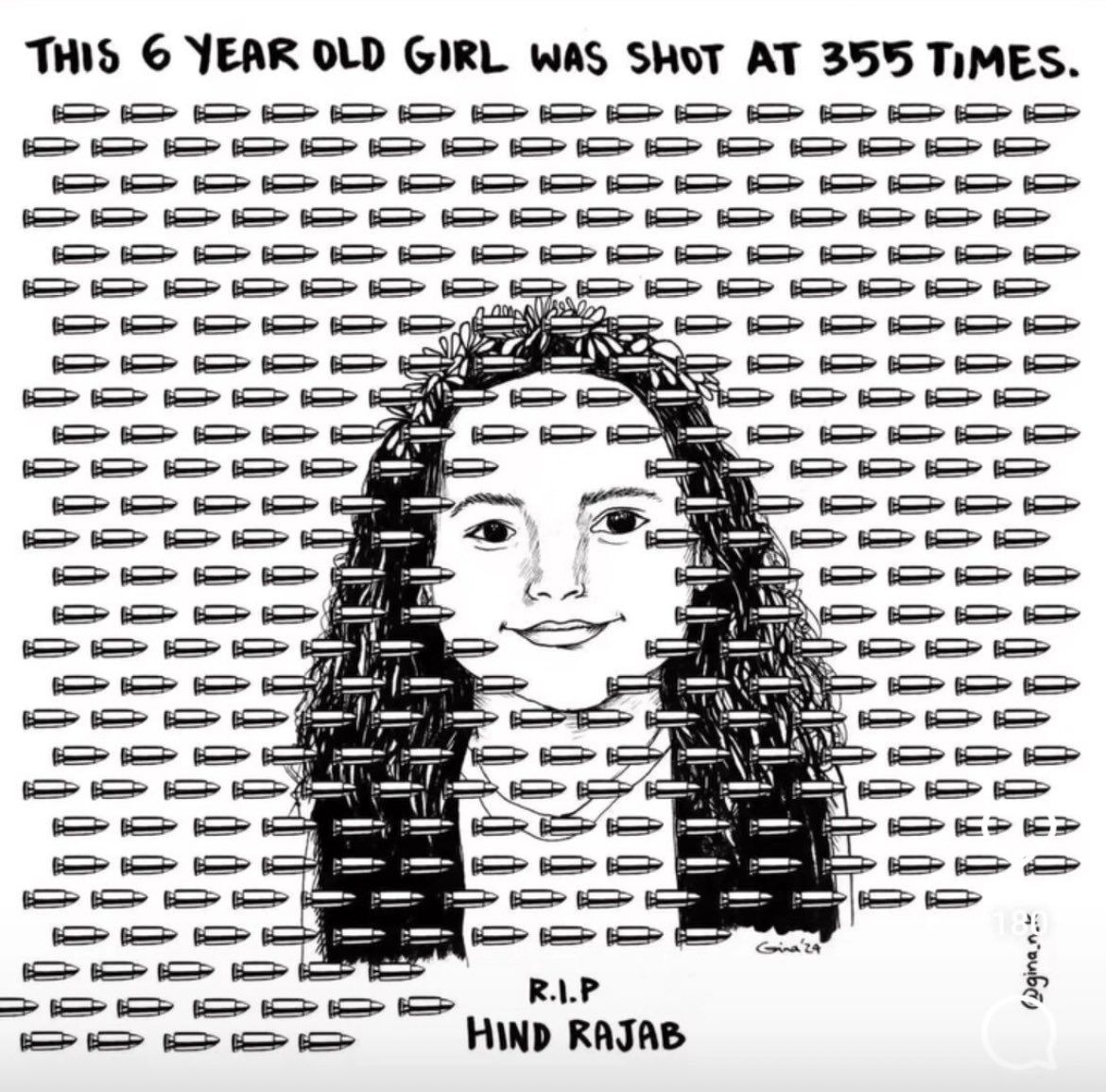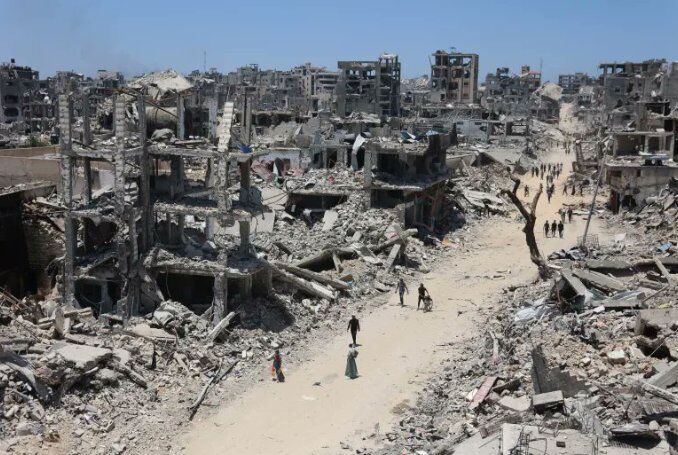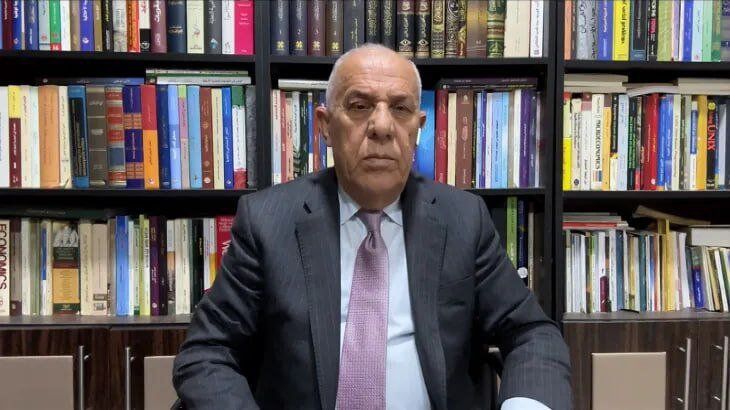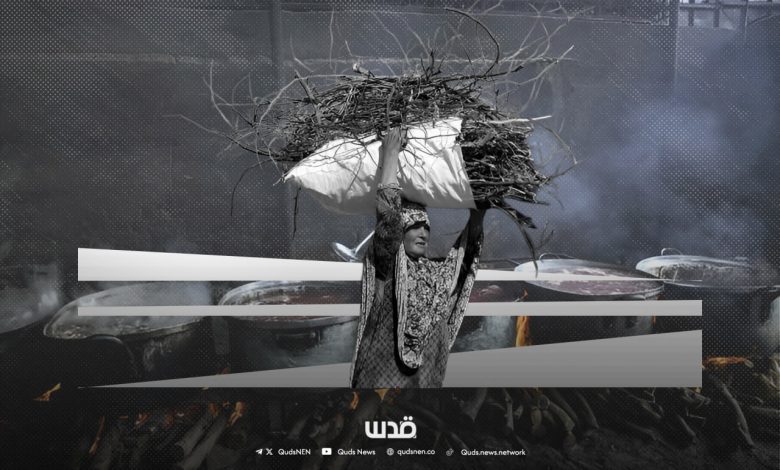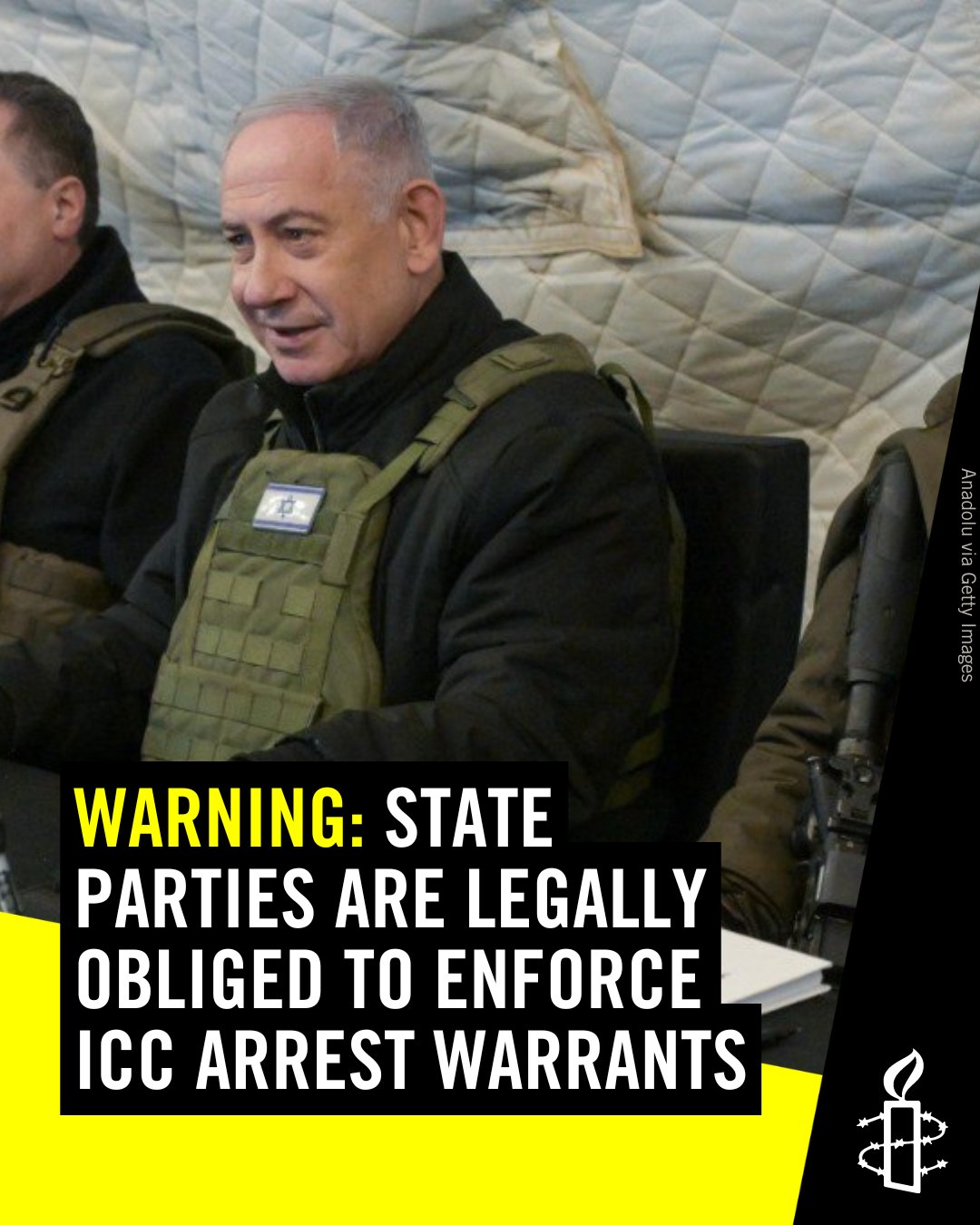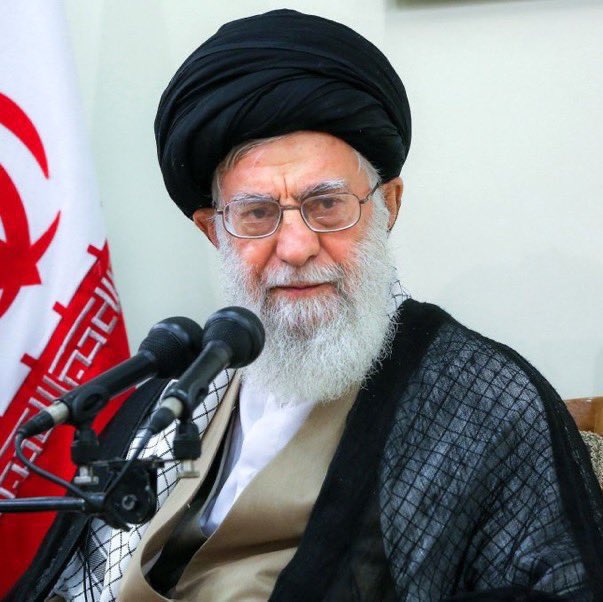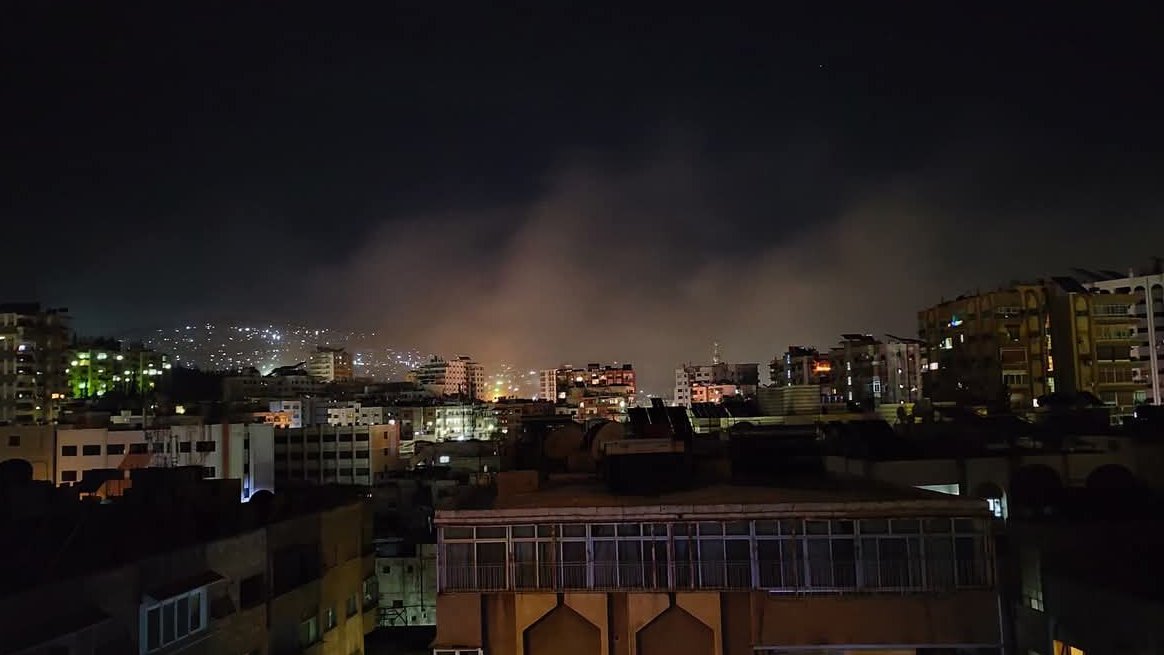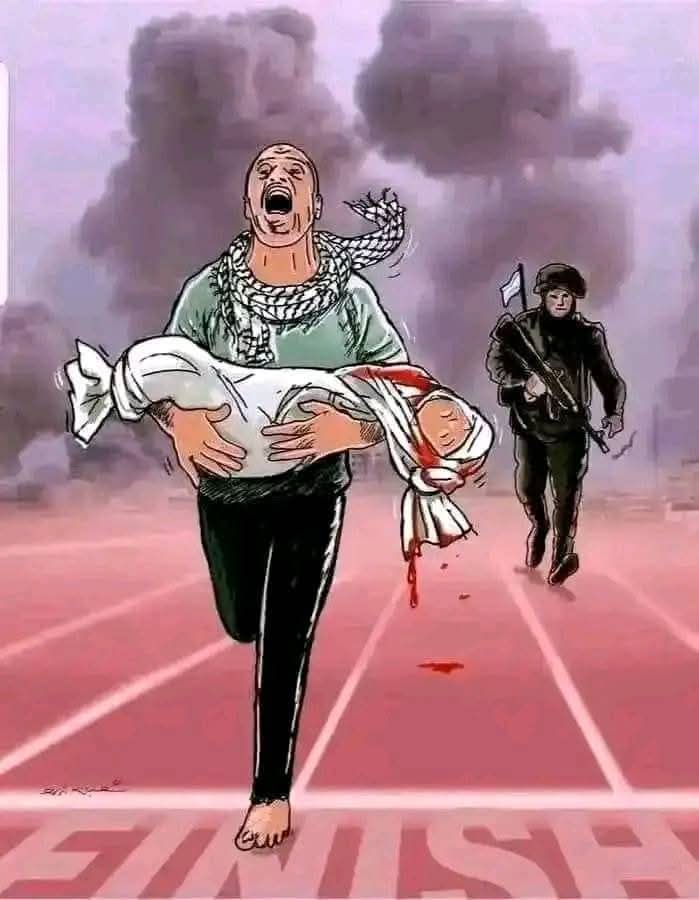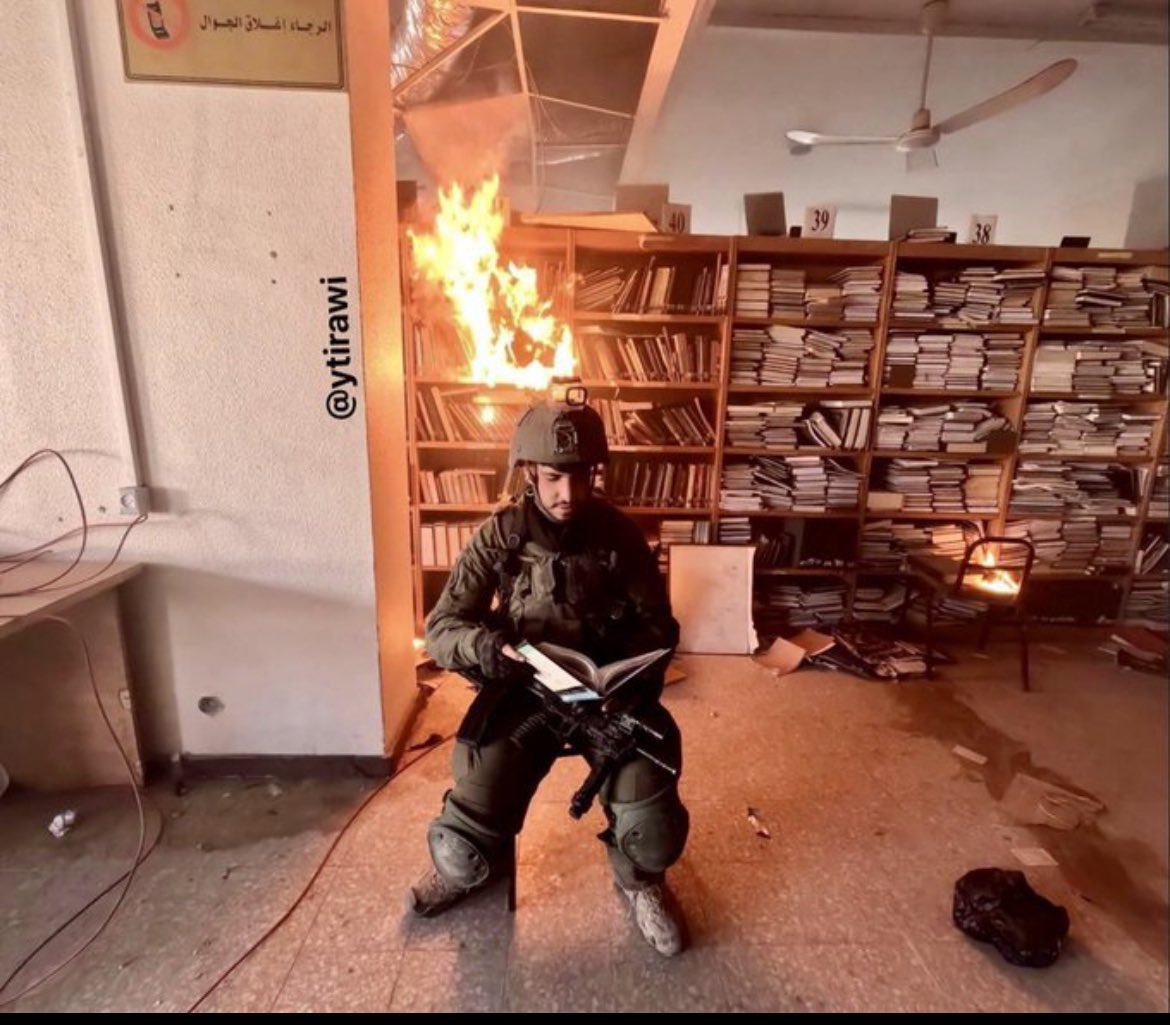The battle is raging in Tal Al-Hawa, southwest of Gaza City, and the fighting there is no less fierce than what is happening in the east of the city, referring to the Shujaiya neighborhood, said military and strategic expert Major-General Fayez Al-Duwairi.
https://www.assawsana.com/article/635430
In his military analysis, Al-Duwairi doubted what the Israeli media was saying about the transfer of three soldiers wounded in the Gaza battles. He said the Israeli army admitted it was subjected to four difficult security incidents in Tal al-Hawa.
The expert who is a military analyst on Al Jazeera believes these difficult events resulted in the killing of more Israeli soldiers, basing his view also on the Information provided by Al-Qassam Brigades and Saraya Al-Quds, the military wings of Hamas and Islamic Jihad.
He pointed out their statements are backed by videos confirming the credibility of the resistance, pointing out Israel is forced to announce its human losses when there are successful ambushes or effective combat operations, as it anticipates the Qassam videos of deaths and injuries of their soldiers.
Based on this, Al-Duwairi predicted the Israeli casualties ranged from 6 to 8 on average, some serious, in addition to deaths because of the hard nature of the incidents while ruling out the total of only three casualties, as claimed by the Israeli media.
He said he does not take the Israeli announcements seriously, recalling the statements they repeatedly made claiming the dismantling of the Al-Qassam Brigades in northern Gaza, and confirming that he evaluates the resistance on field performance.
Al-Duwairi also cited the last statements of spokesman Abu Ubaida in which he said the Al-Qassam Brigades restored its 24 brigades in the whole areas of the Gaza Strip, and also strengthened their defensive capabilities, stressing the brigades’ human capabilities are in top shape.
Thus, Al-Qassam rehabilitated its 24 brigades both materially and in human resources with combat efficiency at 80% of its situation before 7 October, the military expert maintained.
He warned Tel al-Hawa was subject to many incursions because it was on the edge of the northern Netzarim axis, but added the commander of its battalion has good information about the Israeli occupation army, providing a forward-looking reading of their third phase of the war.
He concluded the resistance led by Al-Qassam, are able to discern the intentions of the Israelis army and their goals by monitoring its communications, ground movements, and the intensity of its bombing whilst determining the direction of future Israeli actions and preparing for it before they begin.
Al-Duwairi also pointed out the third phase of the Israeli war on Gaza is related to the occupation noticing several elements, such as the emergence of resistance leaders, administrative arrangements, or information about tunnels or detained prisoners.
On Monday evening, the Israeli media reported the occurance of four difficult security incidents against the Israeli army in Tel al-Hawa, with news of military helicopters landing for short periods on the Netzarim axis, to evacuate the Israeli wounded.
In turn, Al-Qassam Brigades reported they detonated an anti-personnel device against a force of 6 Israeli soldiers in Tal al-Hawa, leaving them dead and wounded. It also announced the targeting of an Israeli foot force in the chalet area, west of Tal al-Hawa, leaving its members dead and wounded.
In the same area, Al-Qassam destroyed a military jeep with a “Al-Yassin 105” shell on Al-Sinaa Street, while also targeting an Israeli troop carrier with a “Shawaz 3” device on Roundabout 17 in the same neighborhood, and a “D9” bulldozer with a “Shawaz 3” device on Al-Rashid Street.

